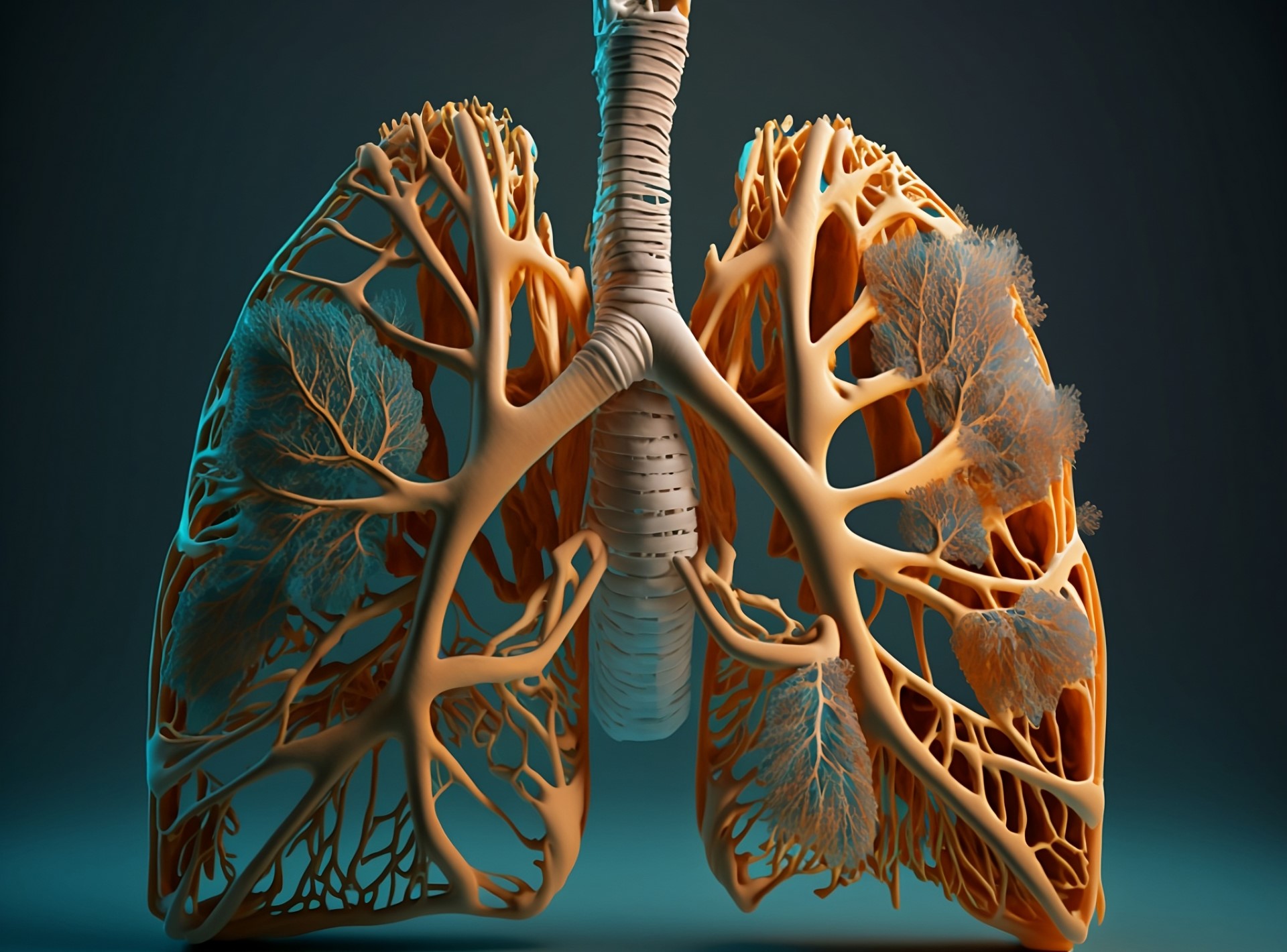The Australian Government will spend $3 million on training for health professionals to better support workers affected by silicosis and other occupational dust diseases.
It is expected the program will improve the medical approach to silicosis, build the capability of doctors, radiologists, and multi-disciplinary teams, enhancing their expertise, diagnostic accuracy, and knowledge of treatment options.
The Assistant Minister for Health and Aged Care, Ms Ged Kearney, made the announcement on 1 August and explained that the grants would be delivered over the next three years and were a key part of the national approach to the prevention, early identification, control, and management of dust diseases.
“Our healthcare workforce is highly skilled and capable, but these grants will better support medical professionals by providing training and building their skills in earlier diagnosis and management of dust disease,” she said.
“Silicosis is an incurable illness and can have a devastating impact on our workers and their families. We are making these critical investments to ensure appropriate treatments and care are available once a diagnosis is made, at a time when people need it the most,” she said.
Nearly one in four engineered stone workers who have been in the industry since before 2018 have been diagnosed with silicosis or other silica dust-related diseases and it is expected that this number will rise, driven by the popularity of the material which has been available in Australia since the early 2000s.
However, dust diseases also impact workers from a wide range of industries including tunnelling, mining, concreting, and quarrying.
From 1 August, grant applications will be sought for proposals to develop:
- Online training to support GPs and other doctors to use National Guidance material
- Targeted education and training for health professionals who support people affected by occupational respiratory diseases
- Radiologists and other health professionals to build their skills in chest imaging
- Training materials for multi-disciplinary teams to support diagnosis and treatment, develop a national community spirometry program, and review and update National Guidance.
Funding will be provided through an open grant process, with applications set to close on Friday 8 September 2023.
“I encourage all health and medical peak bodies, medical colleges and other health organisations to apply for a grant and make an important contribution to better outcomes for Australian patients and their families,” Ms Kearney said.
According to the latest national guidance for doctors assessing workers exposed to crystalline silica dust, people exposed to RCS dust due to work with engineered stone must be referred to a respiratory lab that meets the Thoracic Society of Australia and New Zealand’s (TSANZ) standards for basic lung function tests, including yearly or biannual spirometry, chest x-rays (CXR), and a high-resolution computed tomography (HRCT).
At a bare minimum, the guidelines advise that patients suspected of silicosis should undergo a full blood count and biochemical analysis of their electrolytes, liver function and creatine levels.
The Government has also announced the creation of a new National Occupational Respiratory Disease Registry to help detect new and emerging health threats, and support research, intervention, and prevention strategies.
More Information on the available education and training grants can be accessed at https://www.grants.gov.au/Go/Show?GoUuid=69afb109-d3a1-47af-b054-7d28a12efb7c


